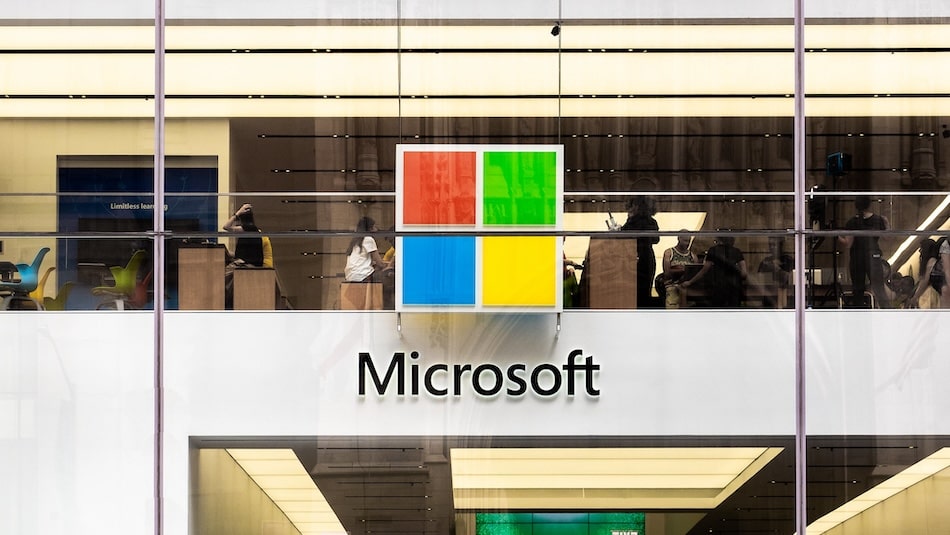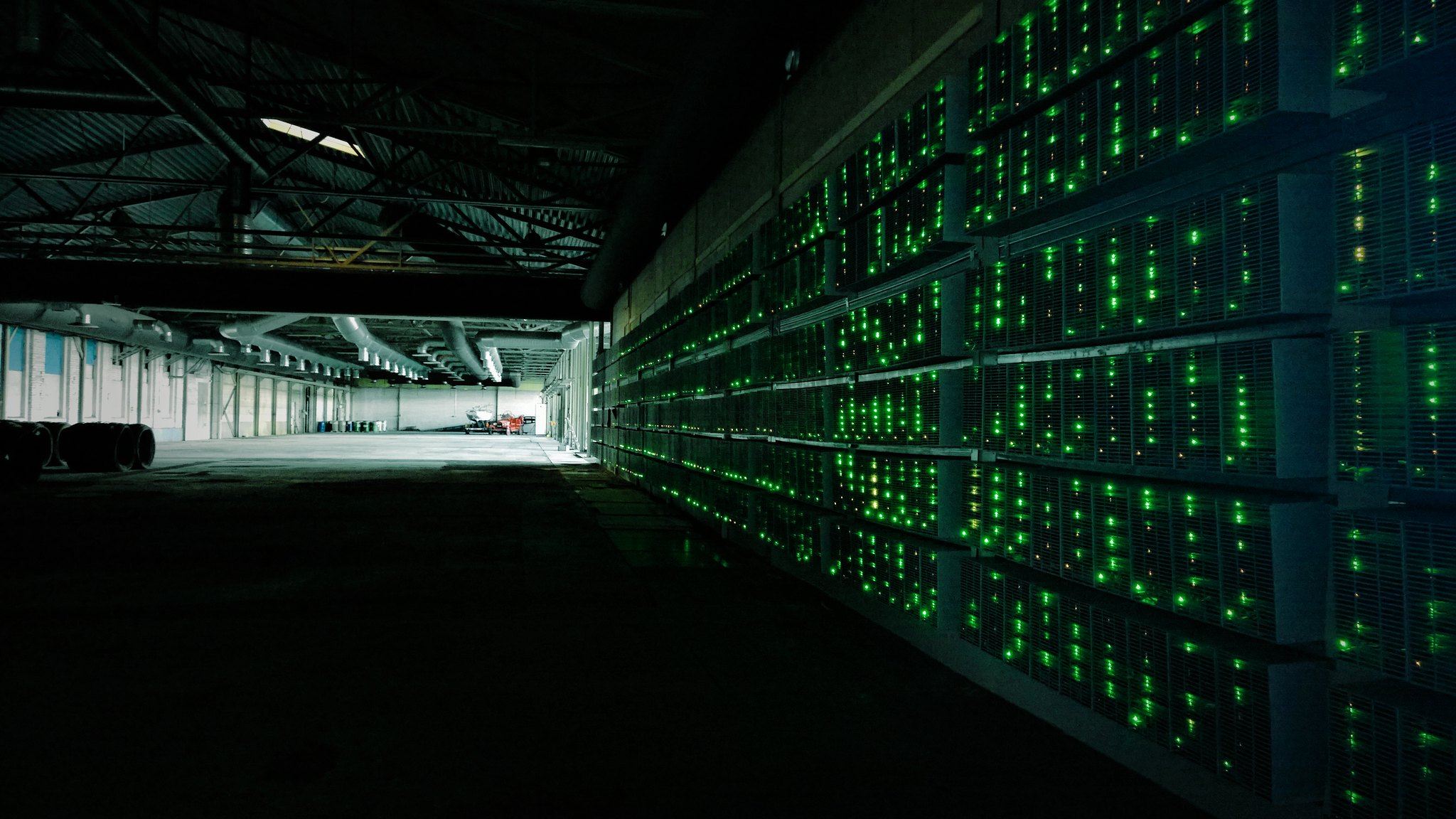
Microsoft has entered a five-year, $9.7 billion contract with Bitcoin miner IREN, transforming 200 megawatts of mining capacity at the Childress, Texas campus into AI-focused GPU hosting.
This move, coupled with a $5.8 billion equipment deal with Dell for Nvidia GB300 systems, underscores the financial incentives drawing miners away from traditional Bitcoin mining toward artificial intelligence infrastructure.
Economic drivers behind the shift
At current market rates, each megawatt redirected from Bitcoin mining to AI hosting can generate $500,000 to $650,000 more in annual revenue.
Mining at 20 joules per terahash and a hash price of $43.34 per petahash per day yields significantly less than AI hosting, which benchmarks $1.45 million per megawatt-year.
This revenue gap is causing miners to pivot, as sustained Bitcoin price surges or increased transaction fees are now required to make mining equally profitable.
Why Texas is the new hotspot
IREN’s campus benefits from Texas’s ERCOT grid, where wholesale power prices are well below the U.S. average, supporting competitive operations for both mining and AI hosting.
The region’s abundant solar and wind resources, combined with flexible demand response programs, further enhance profitability for operators able to curtail operations during peak pricing events.
Riot Platforms, for example, earned $31.7 million in demand response credits in 2023 by powering down during high-cost periods.
Impact on bitcoin mining and network
This large-scale reallocation could slow growth in network hashrate, providing marginal relief on hash price for remaining miners.
Removing 500 to 1,000 megawatts from mining would ease structural sell pressure, as fewer coins need to be sold to cover operating expenses.
The bitcoin hashrate chart and mining difficulty chart reflect these evolving dynamics.
Risks and uncertainties ahead
A significant Bitcoin price rally or fee spike could make mining more attractive again, but operators locked into multi-year AI contracts may find it hard to pivot back.
Supply-chain risks, such as delays in Nvidia GPU shipments or power infrastructure, could also impact the value of these agreements.
The prepayment by Microsoft signals a premium for delivery certainty during a period of intense industry demand.
This trend marks a pivotal shift for miners, as guaranteed AI hosting revenue increasingly outpaces the volatility of Bitcoin mining returns.



